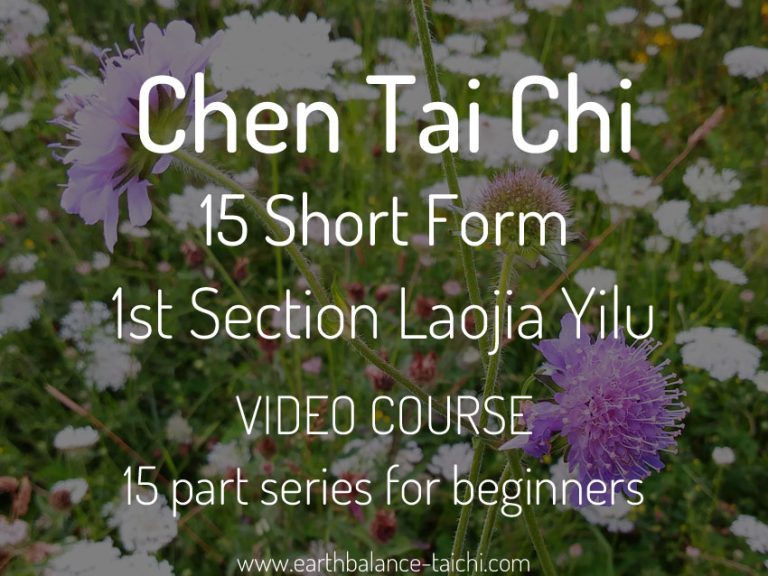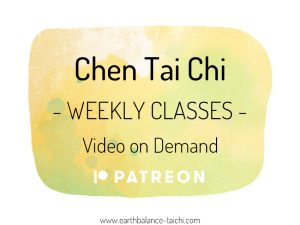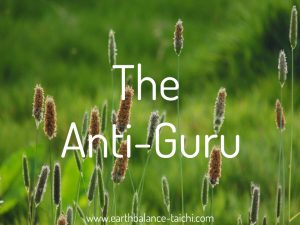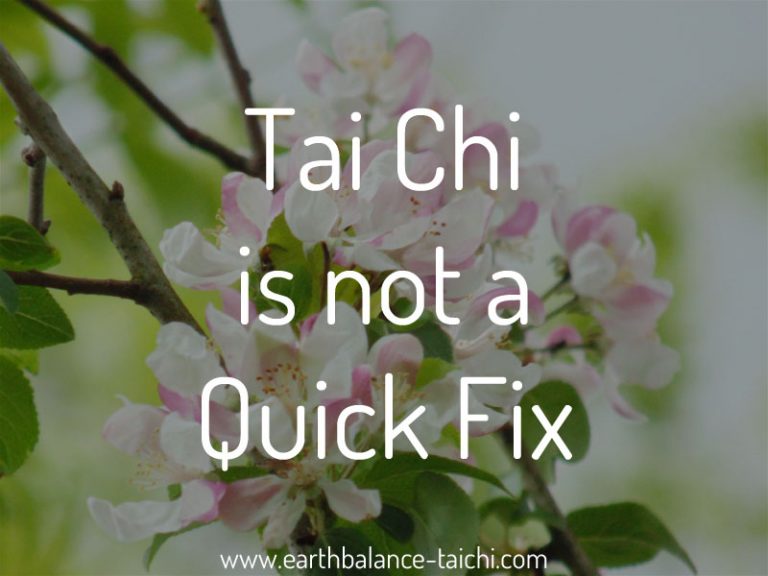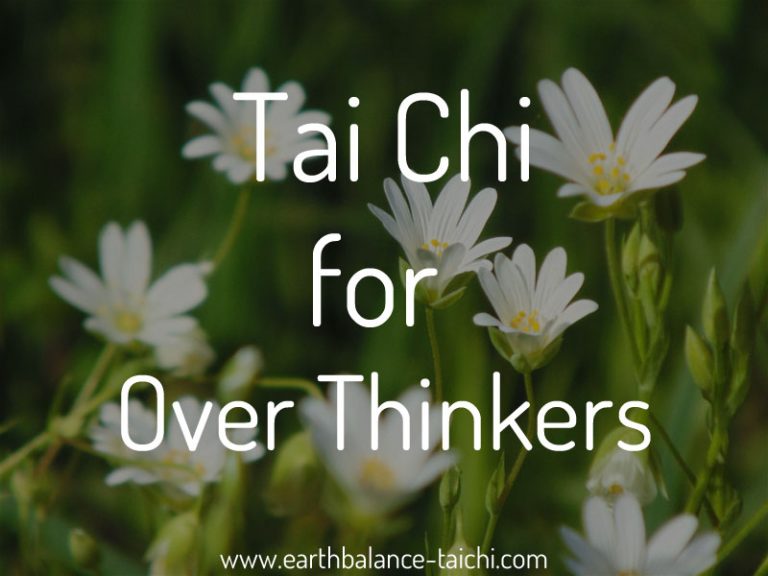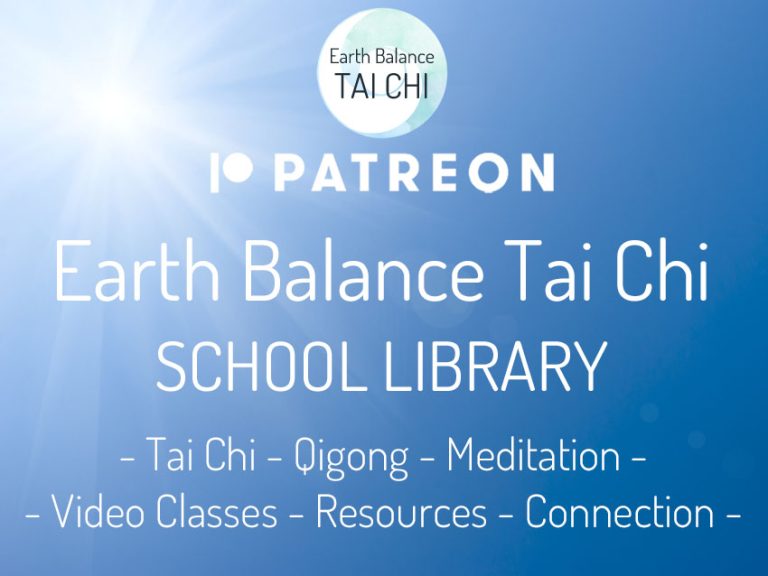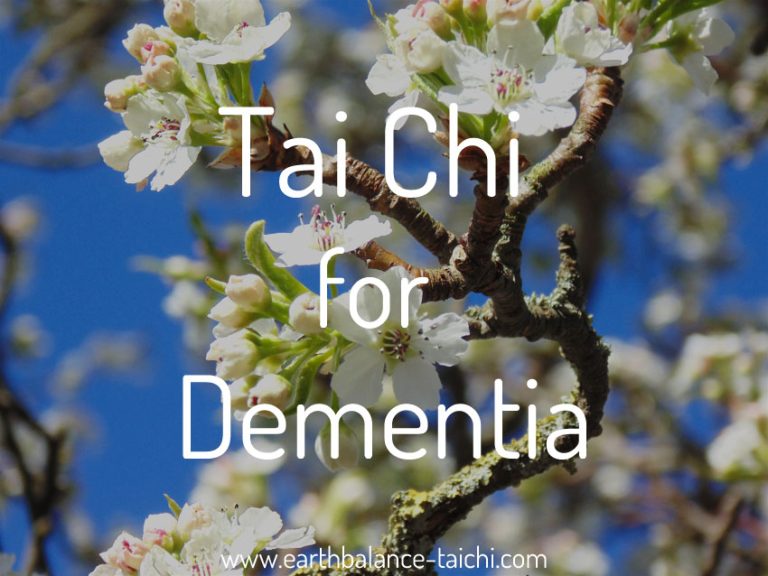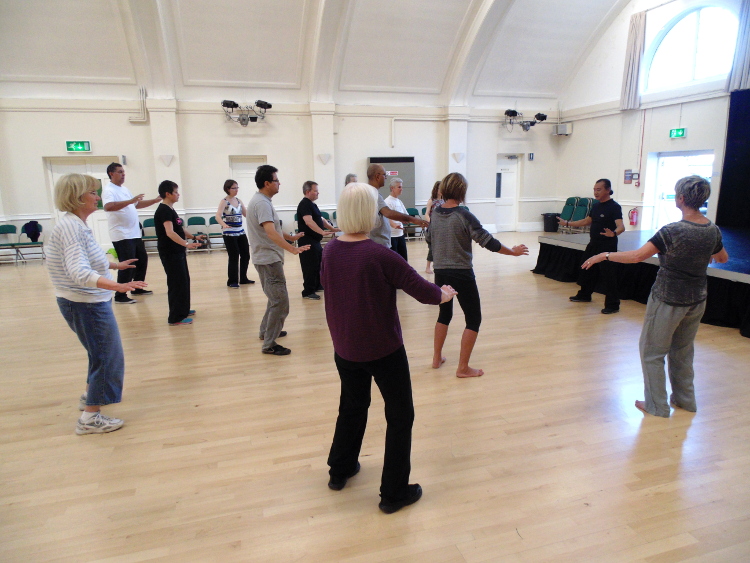Physical Symmetry
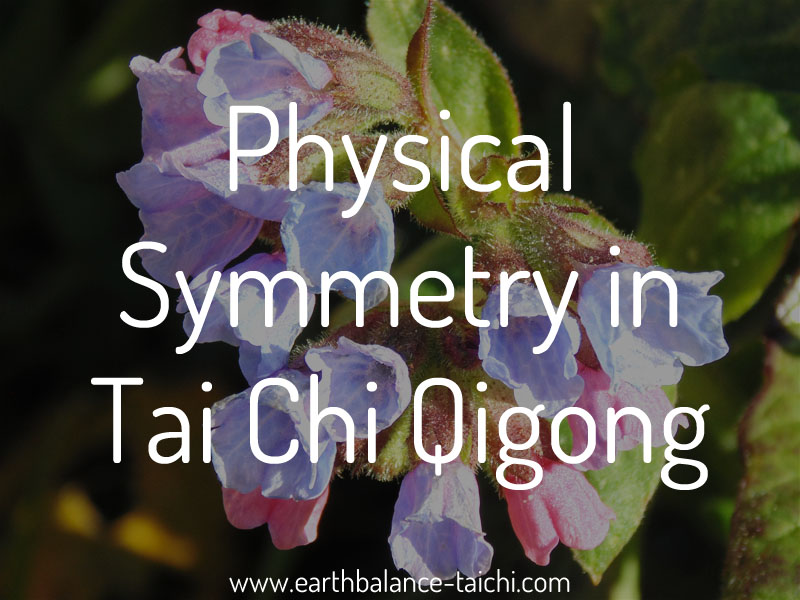
Physical Symmetry
Training Physical Health for Life
I remember a training session a few years ago with Tina Chunna Zhang from Qigong for Women in NYC. She said that qigong practice is for 'finding your weak spots'. To me, this means training the body in a way to create physical symmetry or harmony in the muscular skeletal structure. Physical symmetry is one of the many layers of traditional Tai Chi and Qigong practice.
Physical Illness and Limitations
As anyone who has ever sprained an ankle, twisted a wrist, or thrown their shoulder out will know, any length of time where a part of the body is injured and is in recovery, weakness is created. That weakness takes a long time to return to a healthy mobile and strong state, and sometimes without the proper attention the injury remains as a weak spot.
From experience in my classes, each student would point out their 'troublesome knee', 'stiff right shoulder', 'weak left ankle', 'clicky hip' and so on. I haven't met a single student who doesn't have some degree of disharmony in their body that they were either aware of, or were not aware of it until I pointed it out!
Carry this idea through to your habitual physical posture with how you sit at your office chair, on the sofa, lie in bed, drive etc.... You may have a habitual weakness that is caused by tightness (short muscles) on one side of the body, from slumping to one side or slumping forwards etc.
Take time to pause in your daily life, to take your mind internally, to feel the position of the body with your mind. Is the body symmetrical across all planes? Can you feel discomfort, tightness, restriction in a particular area? If so, then adjust your posture. With effort over time you can begin to improve your habitual posture, retraining it at work, rest and play.
Have a look over this article here about 'zhan zhuang' training, the static posture training in Tai Chi and qigong.
Movement
Many of the mindful body arts like qigong, tai chi, yoga, Pilates train the body through a complete range of motion, where the movements are repeated on all sides of the body.
When training qigong, areas that are tight in the body, or where movement is restricted with stiffness, pain etc, this shows us where the weakness lies. This area may not be the root of the physical disharmony, as it may be a current symptom of a larger issue. What we do in qigong is to systematically train the body throughout, listening to the body as we train to know/feel where the disharmony lies in each training session and to work with the body in that moment. Over time with frequent and correctly aligned training the health benefits can be profound.
We also make a conscious effort to train the weak areas. It's easy to train the healthy parts of a body, or the dominant side. It's not so easy to train both sides to perform equally with the correct alignment, posture, softness, expansion etc. This is just the same as it's easy to train the movements that we know and perform well, and tend to avoid those we do not enjoy or find difficult.
TRAIN YOUR WEAK SPOTS!
Body Awareness
The mindful movement arts also train proprioception (the ability to sense stimuli arising within the body regarding position, motion, and equilibrium). This helps us learn where your body is in space without using our vision. This is part of physical symmetry, as if you do not know where you are physically without looking, then how can you ensure your body/limbs/head is in the correct physical alignment. This is why a 'hands-on' class with a movement arts instructor is vital, as they will be able to guide you into a good posture, so that you can learn what feels right and what feels wrong. This all takes time to learn, like learning a new skill and is worth the wait. Qigong means 'energy gained through effort applied over time'. The movement arts are not a quick fix, and with years and possible decades of disharmony in the physical body, it can take a long time to improve. In some cases it is not possible to reverse the after effects of an injury, it is how we manage an old injury now and in the future. Prevention is always better than a cure, and so with Tai Chi and qigong, training proprioception will help your body be healthier, more mobile, flexible and resilient as you age.
My Experience
My personal experience has given me huge insight into the importance of physical symmetry. I live with EDS, a defect in the DNA which causes frequent unpredictable soft tissue injury, chronic tight soft tissue and joint instability. Throughout my Tai Chi training, it was typical to study the 'right handed' Tai Chi form. In my own training I endeavoured to learn the reflected side, the 'left handed' form. Over the years as my 'right hand' form became dominant, I began to suffer with repeated injuries and weaknesses in my physical body from over-training the dominant side. This was not helpful with what was already degenerative health.
In January 2016 I took a long sabbatical from teaching, I spent 2016 focusing on training my weaknesses using the movement arts of Tai Chi, qigong and yoga. What is different is that now my Tai Chi training is based on silk reeling 'drill training', rather than the beautiful choreography of the Tai Chi form. This admittedly bashed my ego, as I loved the form training. My focus instead has been to observe, listen and respond to tightness, restriction, limitations, pain, instability in my exercises. I am working up slowly to returning to form training 🙂
What hasn't changed is my qigong and yoga training, and with the freedom of not teaching several classes a day I have found a pattern that gives my symptoms some relief. I constantly adjust my training to how my body is feeling, to push when I feel I need to and go easy when I should. This awareness in my training has helped me recovery from injuries, avoid injuries and be sympathetic to what my body needs.
* Please note that the Taoist practices are not a replacement for conventional medical treatment. Please speak with your doctor prior to starting a new exercise programme. This article is for information purposes only and must not be taken as medical advice. *

